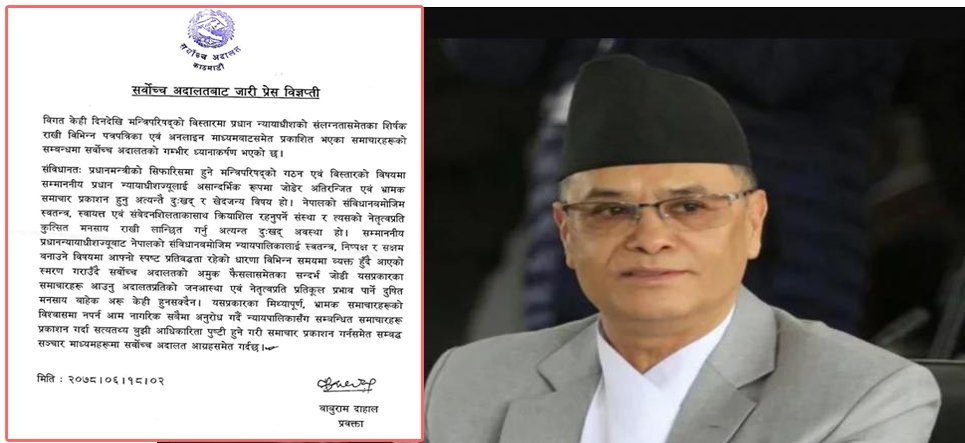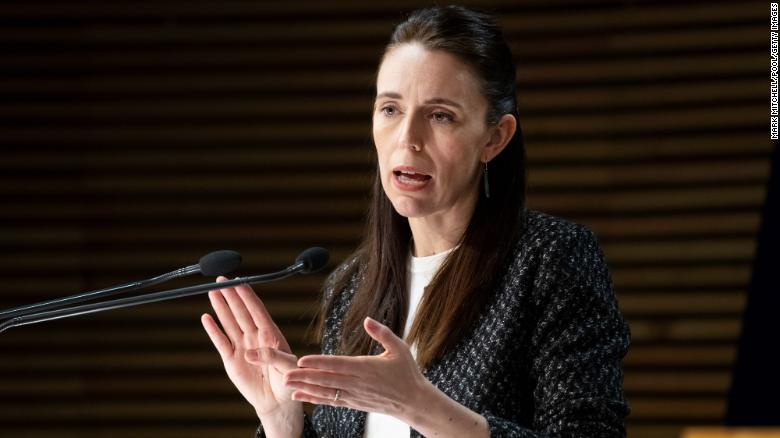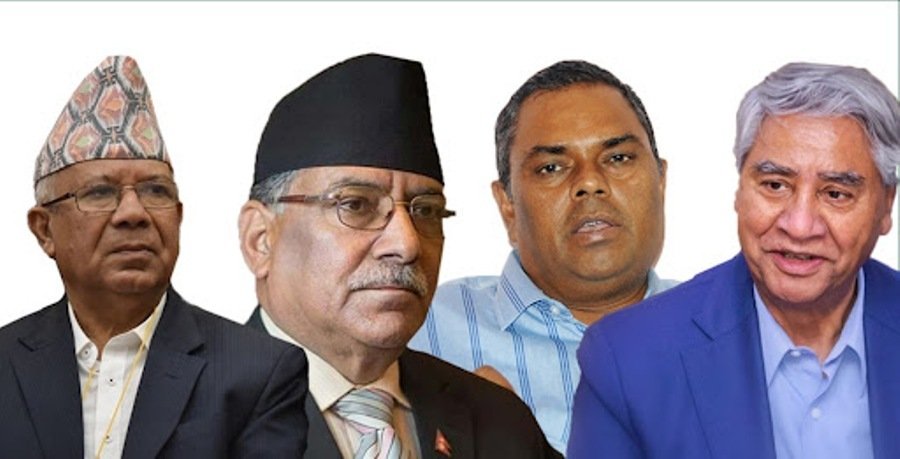Banks initiate merger in line with NRB objective

By Ajay Chhetri, Kathmandu, Jan. 17: Merger and acquisition process of commercial banks have been found initiated in line with Nepal Rastra Bank (NRB) objectives.
Recently, Nabil Bank and Nepal Bangladesh Bank signed a memorandum of understanding (MoU).
Both the banks signed the agreement on January 13 with the share swap ratio between Nabil Bank and Nepal Bangladesh of 100:43 respectively.
It will enhance the paid-up capital of the new venture to Rs. 22.5 billion.
Nepal Rastra Bank (NRB) through its monetary policy has been urging the bank and financial institutions (BFIs) for merger and acquisition. It aims for consolidating the BFIs risk-bearing capacity by strengthening the capital base. Subsequently, this will further improve the capital adequacy ratio of the merging BFIs.
To motivate the merger and acquisition, NRB offers ample incentives to the BFIs. The incentive in the current monetary policy includes the ease in stipulated time to maintain the sectoral lending ratio, waiver in cash reserve ratio (CRR) and statutory liquidity ratio (SLR), increase in the limit of individual institution’s deposit, cooling period for a member of the board of directors and officials, existing interest rate spread, ease in maintaining credit to deposit ratio (CD).
Similar incentives are also provided for micro-financial institutions (MFI) in the current monetary policy which chooses for merger and acquisition in which new MFI will be allowed to act as retail lending institution.
To galvanize the merger and acquisition process, commercial banks were pushed to raise the paid-up capital to Rs. 8 billion (from Rs. 2 billion), development banks to Rs. 2.5 billion (from Rs. 640 million) and financial companies to Rs. 800 million (from Rs. 200 million) in 2015.
Consequently, the NRB financial stability report (FSR) showed that after the merger, the total number of BFIs shrunk to 43 from 171 as of mid-July 2019.
Former governor Chiranjibi Nepal said that the limited number of banks with a large amount of paid-up capital is the need of the economy.
In his view, the large size paid-up capital will enhance the risk-bearing capacity of the banking sector. He further added that with the small number of banks it would be convenient for NRB to have effective supervision and regulation.
He also shared that after the merger and acquisition in the past and enhancing the size of paid-up capital to Rs. 8 billion, the existing BFIs have further strengthened their risk-bearing capacity and now are enabled to compete in the international financial markets as well.
On a good note, he viewed that after the merger and acquisition, the banking sector has been strengthened to invest in mega projects of Nepal. In his opinion, banks must provide effective service to the public as it has been capitalizing on the public money apart from the promoter money. He also added that the digitalization of the financial market is essential for enhancing its efficiency. He said that a small number of banks would be appropriate to afford the high cost bearing digitalization.
Similarly, former governor, Deependra Bahadur Kshetry, said that the number of BFIs is too large in comparison to the size of the economy. In his opinion, despite the large number of BFIs, the quality of service has been not improving accordingly. He said that instead the number of banks should be reduced. A limited number of banks with high-quality service and effective management is needed for the economy. He also believes that cost of funds would decrease if banks are reduced to a limited number with a high capital base.
Recent News

Do not make expressions casting dout on election: EC
14 Apr, 2022
CM Bhatta says may New Year 2079 BS inspire positive thinking
14 Apr, 2022
Three new cases, 44 recoveries in 24 hours
14 Apr, 2022
689 climbers of 84 teams so far acquire permits for climbing various peaks this spring season
14 Apr, 2022
How the rising cost of living crisis is impacting Nepal
14 Apr, 2022
US military confirms an interstellar meteor collided with Earth
14 Apr, 2022
Valneva Covid vaccine approved for use in UK
14 Apr, 2022
Chair Prachanda highlights need of unity among Maoist, Communist forces
14 Apr, 2022
Ranbir Kapoor and Alia Bhatt: Bollywood toasts star couple on wedding
14 Apr, 2022
President Bhandari confers decorations (Photo Feature)
14 Apr, 2022











